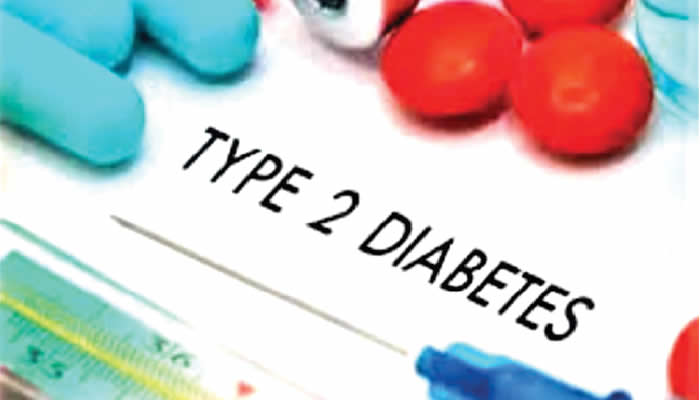
These drugs imitate a hormone known as GLP-1 (it stands for glucagon-like peptide-1), which is secreted by the intestines. It stimulates insulin production and creates a feeling of fullness, suppressing the appetite.
This class of drugs is used to manage Type 2 diabetes — the most common type — and to help with weight loss.
They are administered by weekly injection, but big drug makers like Novo Nordisk, Eli Lilly and Pfizer are working to develop a pill form to be taken daily.
Side effects include nausea, vomiting and gastrointestinal troubles.
Wegovy and Ozempic
Danish pharmaceutical giant Novo Nordisk, the world leader in diabetes treatments, uses the drug semaglutide in its Wegovy treatment for obesity, and in Ozempic for Type 2 diabetes.
Wegovy received a United States approval in 2021. It is sold in Denmark, Norway, Britain and now Switzerland. Novo Nordisk hopes to receive French certification next year.
Ozempic got US authorisation in 2017. Supply shortages there recently resulted from furious demand by people hoping to lose weight, often after seeing glowing reports from celebrities or influencers on social media.
In the US alone, Wegovy and Ozempic are expected to generate sales, respectively, of $8.1 billion and $2.1 billion by 2031, according to a GlobalData report in March.
Mounjaro and Zepbound from Eli Lilly
Eli Lilly’s drug tirzepatide has been marketed as Mounjaro for Type 2 diabetes sufferers since US health authorities greenlighted it last year. It has also been prescribed on an “off-label” basis, that is, for purposes not specifically approved — in this case, for weight loss.
Tirzepatide, to be sold as Zepbound, did receive US approval for the treatment of obesity on November 8.
Zepbound is prescribed both for the obese and for overweight patients with underlying conditions like Type 2 diabetes, elevated cholesterol or high blood pressure.
Eli Lilly set its price at $1,060 a month.
AFP





